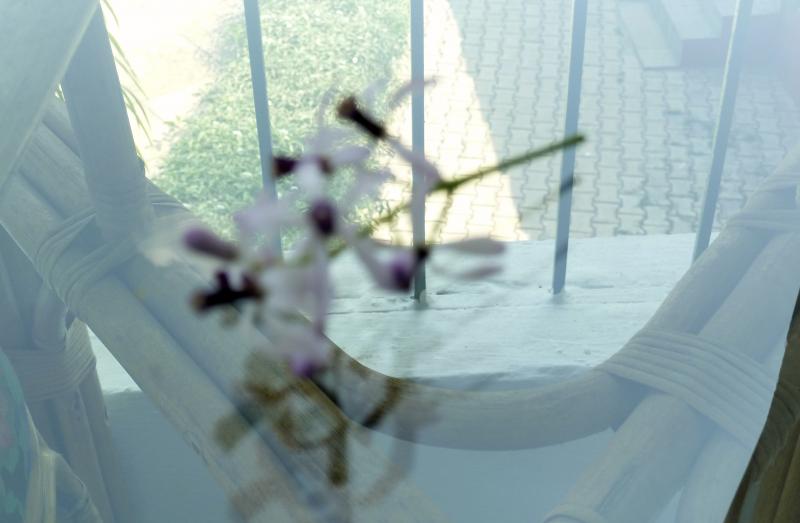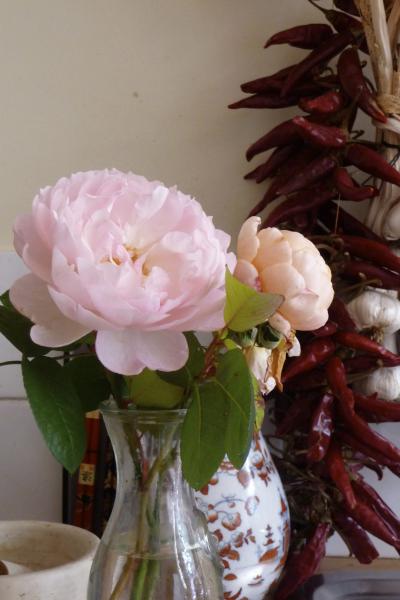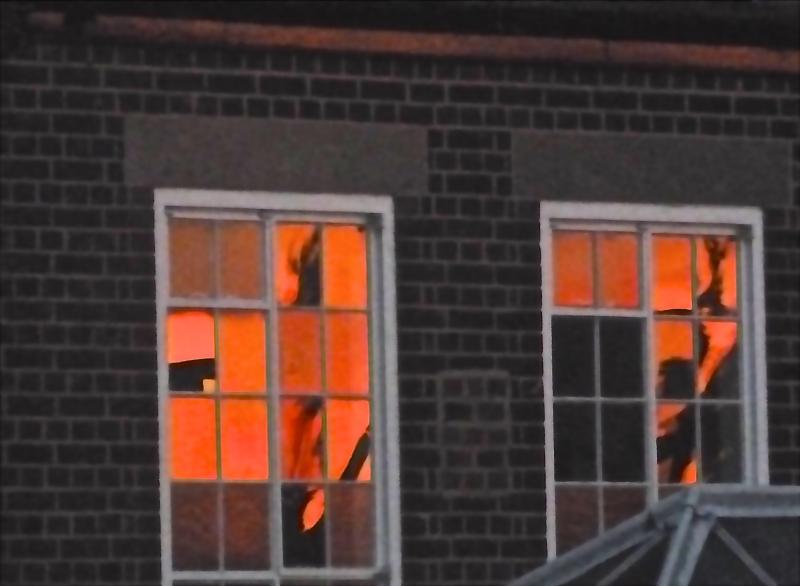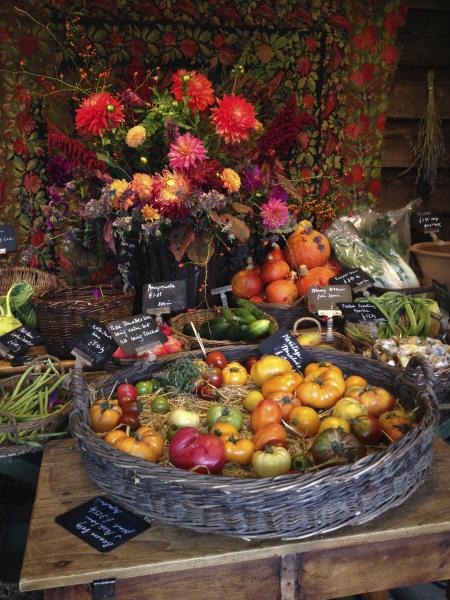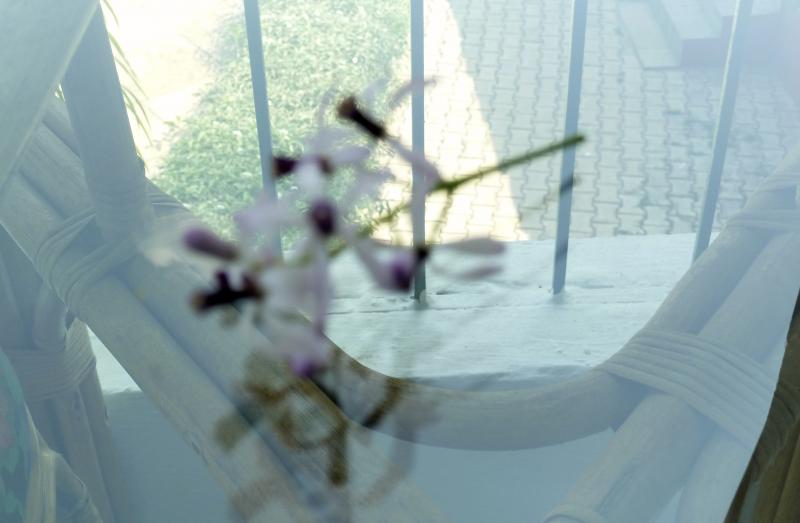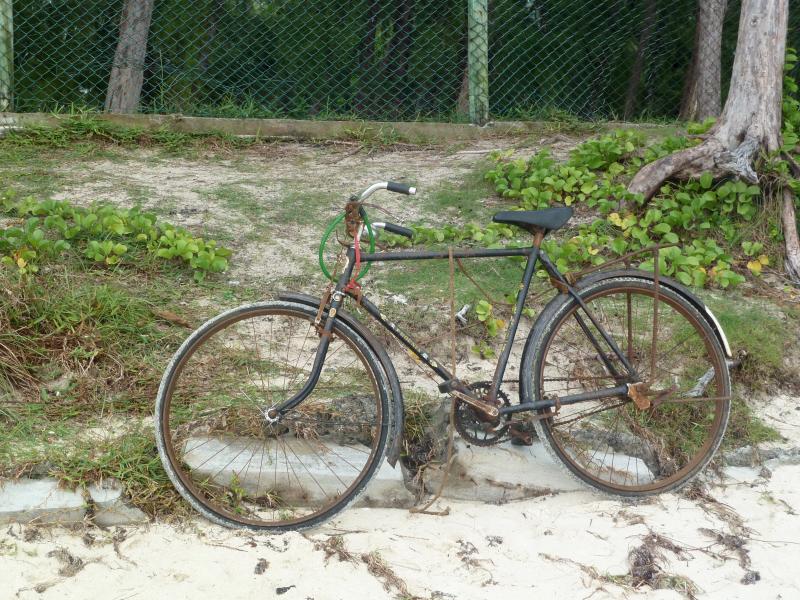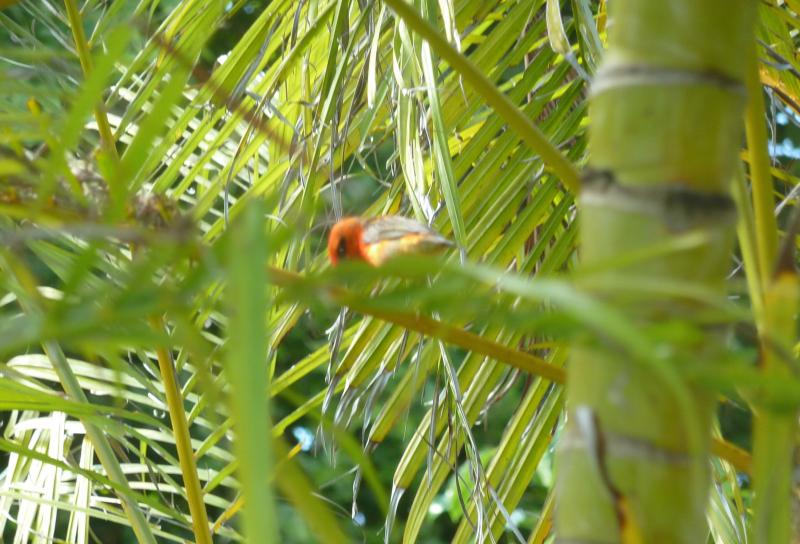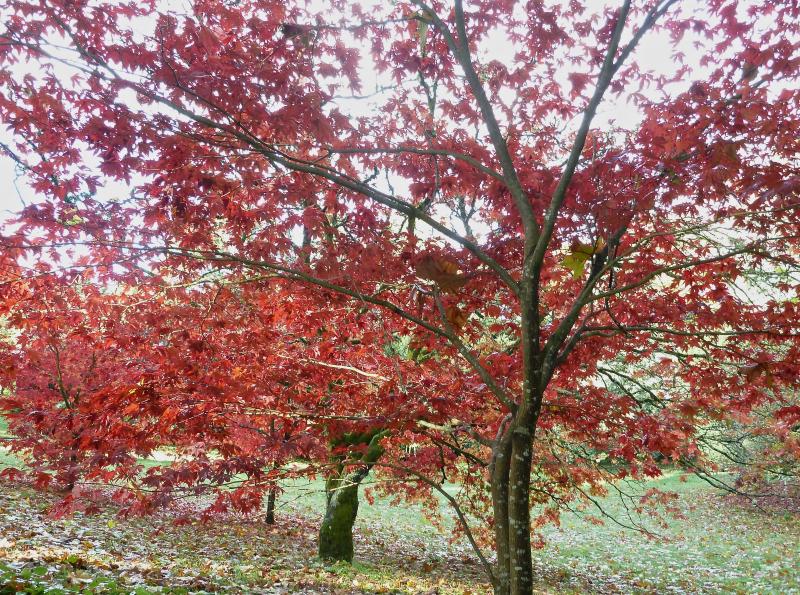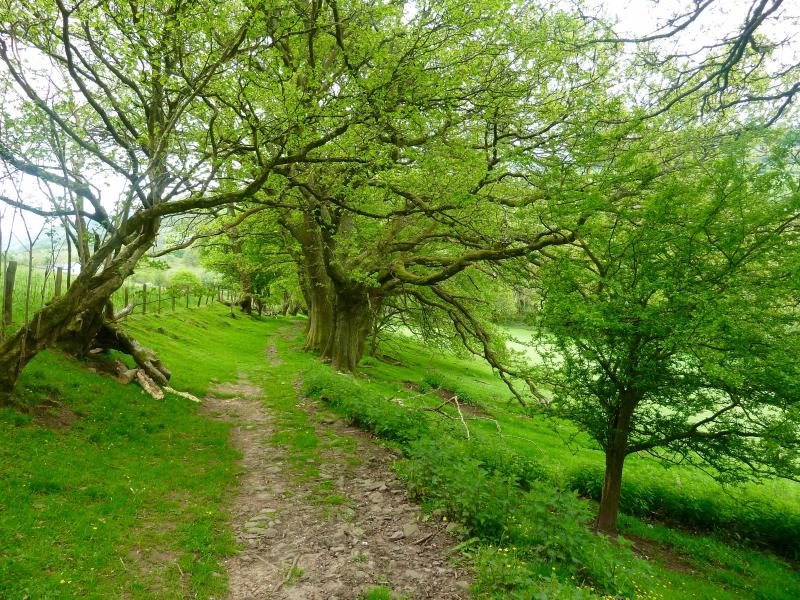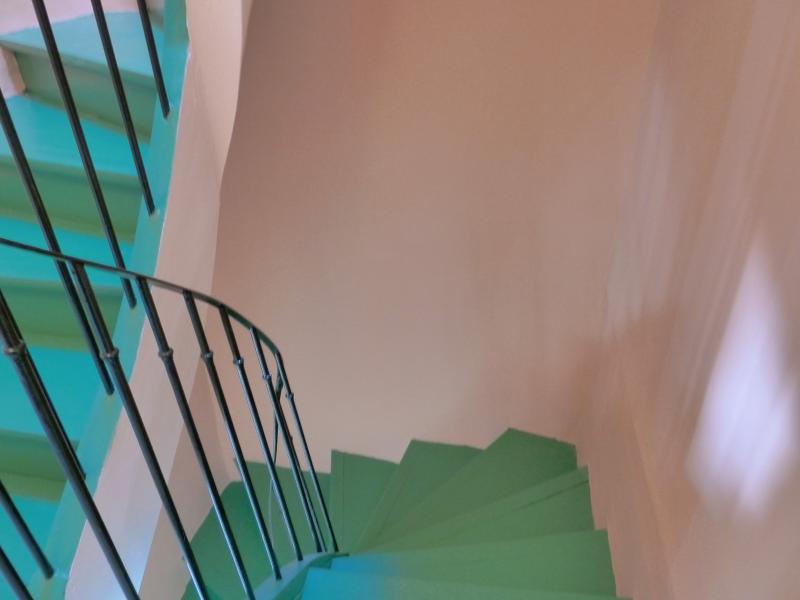
Upper middle- class Delhi socialites (just “middle” class without the “upper” is distinctly pejorative in our immensely status conscious city) can afford luxuries like facials and deep-pore cleansing at suburban beauty parlours. But what a struggle to present the glowing complexion of admens’ dreams when you have to make do with Delhi air and its poisonous mix of sulphur dioxide, variegated carbon accompanied by the dust of centuries! This specially toxic mix blends pulverized bones of ancient conquerors and their conquered, along with all manner of human detritus; a grey talc of particular filth, shrouding all living things like a death mask; multiplying its insidious poison with the warm pall of putrefying cess pits and infinitude of phlegm gobbets that spray the streets and atmosphere with the intensity of AK-47 ammunition. However many Honda cars flank your mansion, Delhi’s air arrests any pretension to “quality of life,” but allows its citizens equal opportunity to spin out their years and at least perish in a democratic manner.
Visitors from overseas, particularly northern Europe, enthuse about the open faces and lively expressions , compared to their quotidian experience at home, but all I see are taut lines and defensive, staring eyes, on the alert for impending catastrophe. Death is around the corner from a speeding bus or motorbike and mercy cannot be expected from the unceasing avalanche that increases at the rate of 600 a day, week after week. Flyovers are thrown up, roads widened, a new metro constructed; spaghetti junctions cradle green lawns with half-hearted modernist installations or sculpture. In the sixties a populist mayor tried to convince, then un-cynical, Delhi-ites, that he was “beautifying the city”. He installed fountains that never functioned, strange cylindrical objects and tinny looking lights on roundabouts. It all seemed out of place in the Lutyens design and handsome masonry of the Afghans and Moghuls, that distinguishes Delhi from any other shabby developing world city. Signs still dot the streets: “Green and Clean, Say No to Plastic Bags;” the kind of rhetoric which is synonymous with lack of action or implementation. Thousands of seminars and resolutions of past years have urged policy reforms in corruption, policing, governance, equalization, environment, health, traffic – you name it we’ve been there done it, but don’t fancy buying the t-shirt.

Ahmad the mobile veg man
In the sixties the concept of jaam (traffic jam) hadn’t materialized, because there were only a few thousand cars in the capital. Now every household boasts three, four, and even ten or twelve (one in every colour), taking up scarce pavement space and obliterating the quaint habit of walking. Then you couldn’t get through the shoals of Atlas and Hero bicycles, now you can only experience a bike ride on a self-conscious eco-holiday, or get yourself to Oxford or Cambridge
New Delhi suburbs all look the same- give or take an extra inch of garden space- villa type concrete houses, damp in winter and stifling in summer. Normally two or three storeys high, a recent relaxation of building regulations has led to four and five floors which utterly unbalances everything else. “ Why do you see this as a problem”, I’m asked. “What should the poor joint family do?” Poor, as in “poor things”.
The style is florid sub-tropical, that adds up to nothing. The land being the most valuable feature, a house after a sale is bulldozed and recycled into six poky flats, each selling for the price of one in central London. In the frenzy to beat the impending real-estate crisis, flats are being constructed round the clock, the activity adding to the perma-smog squatting over the city.
Location remains the significant factor: the closer the suburb to the axis of government power, by default the Lutyens heartland of residential and official buildings, the higher its real-estate value. Jorbagh, Sunder Nagar, Golf Links and Defence Colony are the most high-caste suburbs, each with its complex of shops, flower sellers and restaurants. Essential accessories are small squares of green with walking perimeters (or jogging tracks as they are called) thronged with human traffic in the early morning, when car-bound Delhiwallahs conduct cardio-vascular fast walking.
Octogenarians and nonagenarians hobble around on sticks and walking frames, their longevity attributed to the untampered milk, unsprayed wheat and vegetables of their younger years, when India had a basic agrarian economy and anything processed was synonymous with Amreeka. Ailments were probably more straightforward, and unrelated to stress or excess; life prolongation was strictly for science fiction.
The city abounds in a culture of doctors, medication, chronic illness and hospitals and the latest trade in the economy is show case medical palaces providing operations and after care for a fraction of the cost in Europe. I had six crowns done by an efficient dentist for 300 pounds, where I’d been quoted around £2,500 by a specialist in England.
Recently, I visited my aunt in a hospital that used to belong to a seedy charitable trust. Anything that is free or charitable is synonymous with neglect, dirt and shabbiness. Now my aunt lies in a state-of the-art bed in a nice clean room. Looking out of the window my heart sank at the view of mounds of building rubble and grunge; near the exit a full scale battle was in progress along the lines of, “How dare you tell me not to being in parathas for my mother, you b*****d!”
“Sir, the rules are very strict here. No home food.”
“B.C!! Who does he think he is!” (notice, please, the status equation).
Delhi-ites are fascinated by their spondyolitis, knee pains, insomnia, stomach problems, cancers, respiratory ailments, heart conditions, “virals” and unspecified other diseases. They talk about them a lot and refer to their ailments as “my” cancer” and “my bowel problem”.
Only 10 years ago, before the market was freed up, the lumbering and lovable Ambassador car coasted along, serene as a buffalo in water. Its only rival was the equally awkward sparrow rumped Fiat Padmini. This was followed by Rajiv Gandhi’s pet Maruti, whose modern gears and fast acceleration had Delhi-ites huffing and puffing at its insolent cheek. How quickly we have become blasé, inured to Opels, Mercedes, Toyotas and the Hondas driven by chauffeurs in shades, empowered by their chariots of tempered steel and smoked glass, cutting corners and performing impossible manoeuvres on two-rupee coins. But still they fire their engines as they go over their cars with soap and water in the morning, keeping millions of carburettors purring disagreeably in the doomed air.
“Bhai-sahib, please, turn it off!” I cajole on my way to the neighbourhood park. None of their maaliks notice- such things being beneath them- or explain the science of fume-meets- atmosphere to their drivers. As I do my rounds of arm-swinging fast walking I pass married couples and friends discussing stocks, property, what mothers in law and daughters in law said at dinner last night, deals, swindles and more deals. A background hum of “lakhs, crores, thousands” hovers over the adjacent beds of candytuft and calendula and the lawn with its sheen of night sweat.
Every now and again I catch something in the air that smells of vanilla custard- the asoka tree in brief burst of blossom- evoking in me a very distant fondness for a long gone Delhi. But with each successive visit I am finding it more difficult to romanticize the city I grew up in. Books about Delhi’s monuments and special atmosphere come on the market every year. Lucy Peck’s guide and William Dalrymple’s City of Djinns almost convince me that I have been blind to something terribly important all this time. The latter’s enthusiasm and nose for a good story are now supplemented by Monuments of Delhi a scholarly and detailed study in which Peck peels off layers of 800 years of invasion after invasion to expose the intended patterns of urban living underneath.
Delhi was certainly more graceful and manageable even twenty years ago. Further back, even though leprous paws flapped in my face through the windows of the University Special bus, the air seemed crisper in winter, leaves washed and polished by rain. We knocked tamarinds and jamun berries from trees shading the Lutyens avenues, and cycled to school located near fashionable Connaught Place. The arcades of C.P. graced by with shops like Roy and James the hairdressers, the Oxford Book Store and Alps Restaurant, famous for its jam sessions and airconditioning.
“Who bothers with CP when we have so many malls now?” a friend commented.
Lutyens’ white neo-classical bungalows set in acres of lawn and green trees, with a kitchen garden, a buffalo for milk and a colony of dhobis, malis, bearers, cooks, ayahs now are barely visible to the curious passerby. The low brick walls are vertically extended with green-painted bamboo fencing, and further upward with razor wire. Each gatehouse is padded with sandbags and a platoon of armed guards as though a rare species of homo sapiens were being protected. In reality, the inhabitant of the bungalow is probably a grossly over-fed minister or bureaucrat who sweeps by in his flagged and beaconed car, the windows cosied by little lace curtains.
In my childhood I walked from one school friend’s house to another, planning adventures on the rocky Ridge behind Roberts Lane. We picked up bullseyes and coconut drops from the little tuckshop outside the Delhi Gymkhana Club and played unsupervised for hours. There was swimming and tennis and unlimited supplies of Edgar Wallace from the club Library, presided over by a grave Kashmiri Pandit. The Brits had only been gone a dozen years and the old formalities were still observed- polished floors and brasso-ed doorknobs. Now the venerable club has a gym and ugly plastic chairs on the lawns.
I have stopped marvelling at the incredible wealth of the rich and the resourcefulness of the poor; at Delhi-ites’ blindness to dust and their unchanging indifference to neighbours. That has a long history. A long time ago when someone was jerking himself off next to me on the University Special bus, the conductor’s lazy response was “ Please settle your differences at home.”
The traffic lights attract increasingly novel collections of disability- teenage paraplegics crawling in the road, a man with a raw hole for a nose, a pirate with a red bandana like a down at heel tennis star.
Suddenly a pair of heels swings a perfect arc outside the car window, and back again the other direction. It’s a sandy haired girl of about eight turning perfect cartwheels on the traffic island. It’s done without showmanship- not intentionally coquettish- just a careless flourish of what she does best. I wish I could cartwheel like her. Honestly, it was my greatest ambition when I was growing up in Delhi.

Street Arab

Gumbad in Defence Colony








